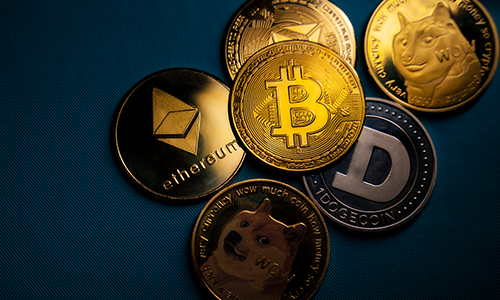The evolution of consumer payments has reached a crossroads, with Bitcoin and credit cards emerging as prominent players, each representing distinct paradigms of financial transactions. Credit cards, with their long-standing presence and established infrastructure, continue to be a dominant force in the world of payments. They offer a well-understood model of convenience and security, built on a framework that integrates with banking systems and provides a layer of consumer protection. Credit cards facilitate instant transactions and have become a standard for both online and in-person purchases, benefiting from extensive merchant acceptance and rewards programs. However, their centralized nature, transaction fees, and susceptibility to fraud are areas of concern that have led many to explore alternatives. Enter Bitcoin, a decentralized cryptocurrency that represents a fundamental shift in how we think about and execute transactions. Bitcoin offers lower transaction fees compared to traditional credit cards, especially for international transactions, where fees and exchange rates can be particularly burdensome. Its ability to provide financial services to the unbanked and under banked populations is also a notable advantage, democratizing access to financial resources.

Despite its potential, Bitcoin is not without challenges. Its volatility and speculative nature make it less stable compared to the more predictable credit card system. The bitcoin news can fluctuate dramatically, which could be a deterrent for merchants and consumers alike who are accustomed to the stability of traditional currencies. Additionally, Bit coin’s adoption is still limited compared to the widespread acceptance of credit cards. While major companies and some retail chains accept Bitcoin, it is far from universally recognized, which could hinder its viability as a mainstream payment method. Another critical factor is the technological barrier. Bitcoin transactions require a certain level of technological understanding and infrastructure, which might not be accessible to everyone. The process of acquiring, storing, and using Bitcoin can be complex and intimidating for those unfamiliar with digital currencies. Credit cards, on the other hand, are integrated into everyday life with user-friendly interfaces and broad acceptance, making them more accessible to the general population. The lack of regulatory clarity can create risks for users and merchants, as well as potential legal and compliance issues.
In terms of regulatory scrutiny, Bitcoin faces a more uncertain future. Governments and financial institutions are still grappling with how to regulate and integrate cryptocurrencies into the broader financial system. Ultimately, the future of consumer payments may not be an either/or scenario but rather a coexistence of both Bitcoin and credit cards. Each has its own strengths and weaknesses, and their roles could evolve as technology and consumer preferences shift. Credit cards will likely continue to be a staple of everyday transactions due to their established infrastructure and ease of use. Bitcoin, meanwhile, may find its niche as a complementary payment method, particularly for those seeking lower fees, greater privacy, or investment opportunities. The trajectory of consumer payments will depend on how these systems adapt to the changing landscape of financial technology and user needs. As Bitcoin matures and becomes more stable and as credit card technology evolves to address its limitations, the future of payments could see an integrated approach where the best features of both systems are harnessed to create a more versatile and inclusive financial ecosystem.